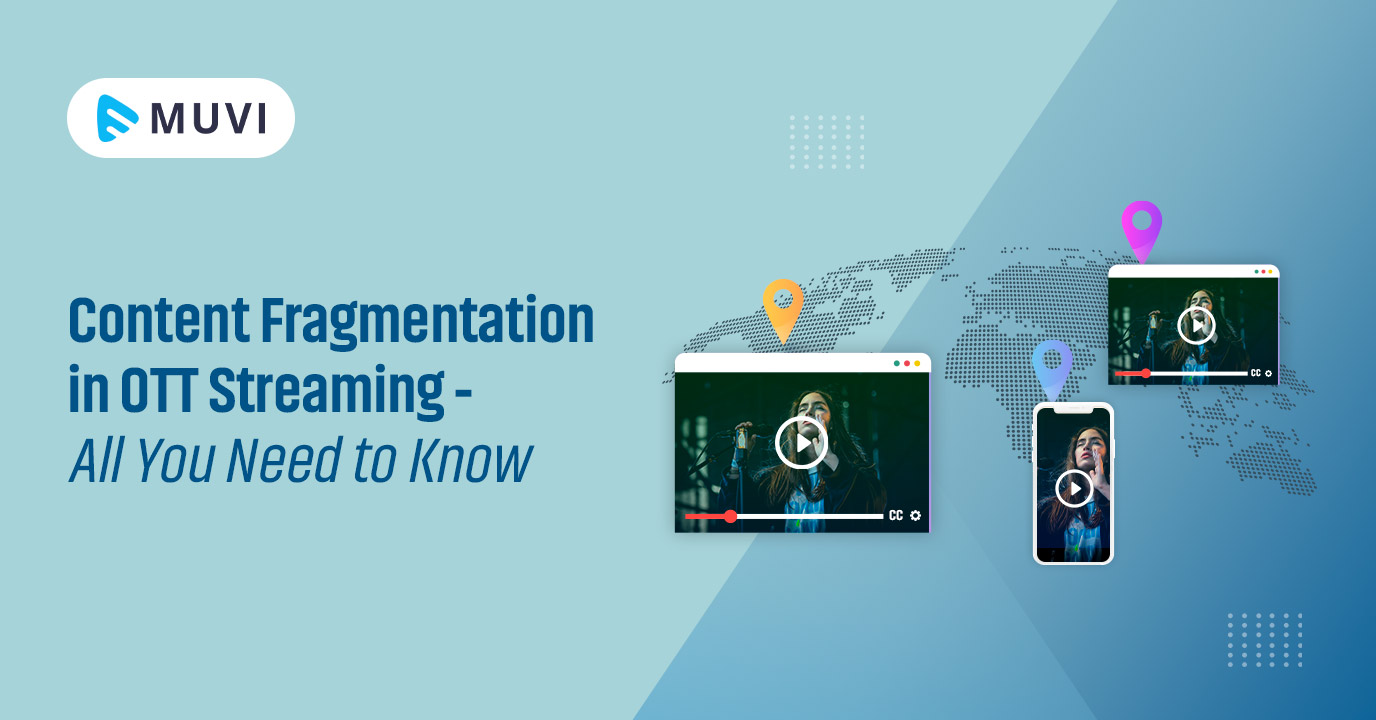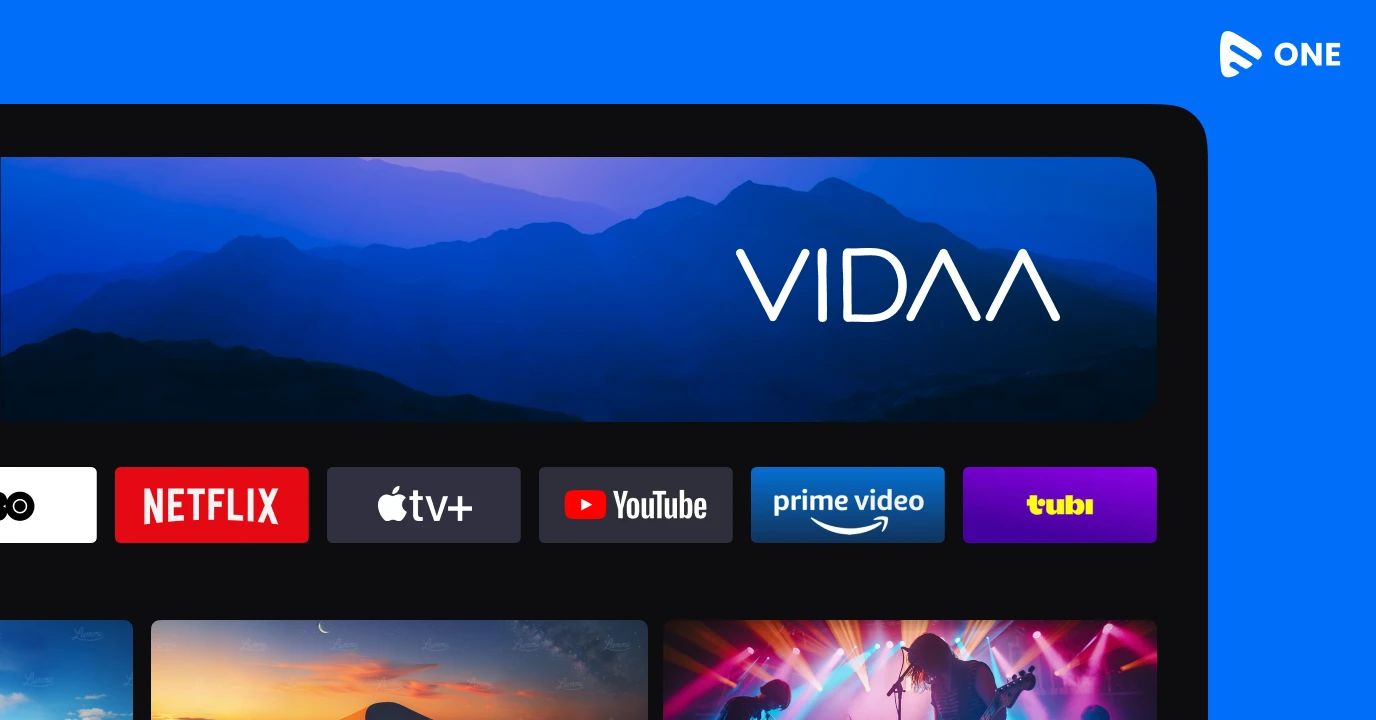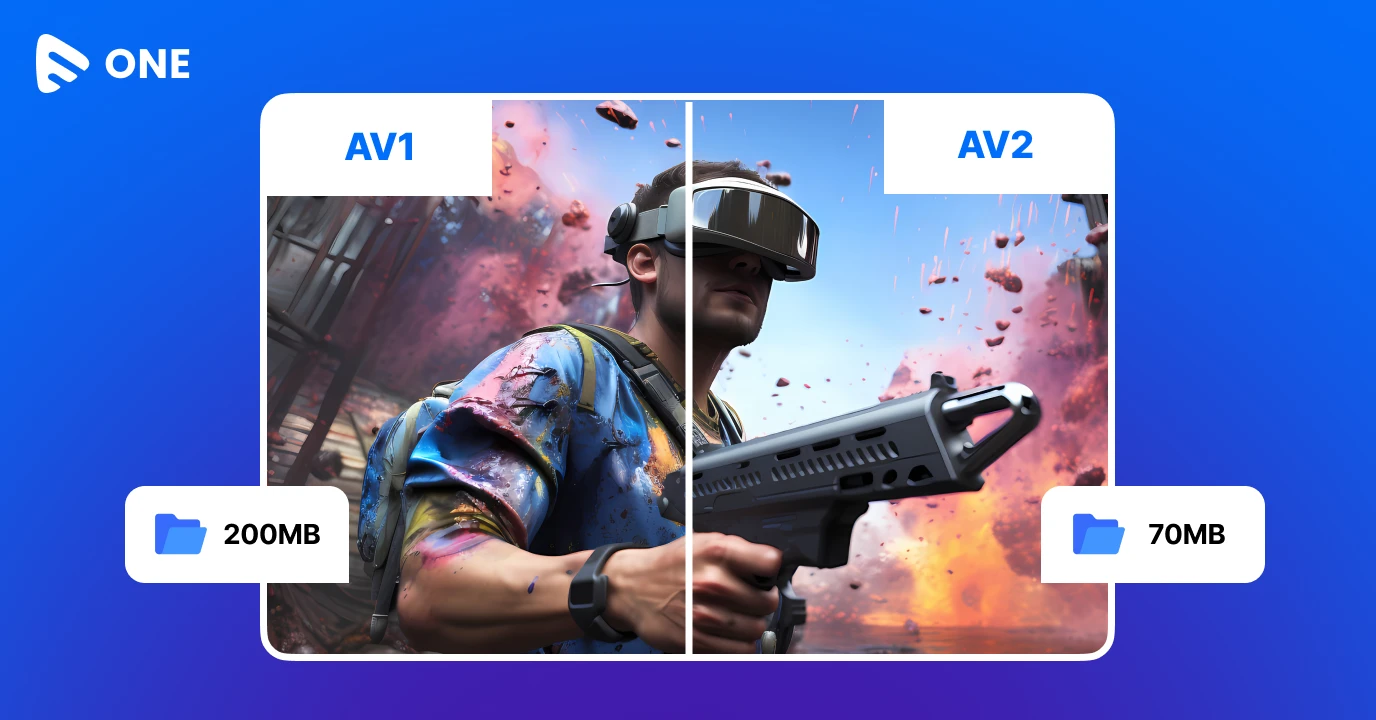Are you an OTT player/own a OTT business?
Then you must know that content fragmentation is one of the trending terms in the current OTT market.
Be it content streaming or publishing – content fragmentation is getting adopted in the new-age streaming sector and OTT players are leveraging the several advantages of it. Starting from targeting niche viewers to meeting the user requirements or, fitting to their choice of content more efficiently – content fragmentation helps in multiple ways that explains well why it’s high on trend.
Let’s go through the overview of content fragmentation and the related information you need to know.
What is Content Fragmentation?
Content fragmentation is a content distribution strategy where specific collections of content are shared with a specific set of audience. This implies that a collection of content is only focused on the preferences, likes/dislikes, preferred genre and other factors of only a specific target audience.
No doubt that content fragmentation helps in delivering more apt content to the audience. Even if the audience base is very large, this helps in keeping up with the varying preferences of the smaller audience groups.
One of the most prominent results of content fragmentation is distribution of different types of content over different VOD platforms. However, there’s more, especially, when there is significant contribution of content fragmentation in the OTT sector. To know why, let’s have a look at the advantages of content fragmentation that have made it high on demand.
Advantages of Content Fragmentation
Catering to Niche Viewers
One of the top advantages of content fragmentation is, you can provide the exact content to the platform’s niche viewers. For instance, if some viewers are only into the action genre, then they will get to watch only the content from that genre without much hassle/browsing for long. Similarly, if some of the audiences are more into original series over movies or any other type of content, then OTT content fragmentation will make it easier for them to view and watch only those specific types of content. So, it not only lets you cater to the niche viewers effectively but also helps them keep engaged, and increases the watchtime that in turn enhances the subscriber retention rate and recurring revenue.

Personalized Viewing Experience
Research showed that personalized OTT experience can boost the conversion rate by more than 10% for the customers taking trial/viewing your content for the first time. Content fragmentation leads to a personalized viewing experience for all of your audience irrespective of their differential preferences. Content fragmentation not only results in the delivery of the different types of content that is focused on the specific audience/audience group but also personalizes and improves the whole user experience by displaying their preference-based content as soon as they log in to the home page of your OTT platform. Also subscription bundle services can be taken as the example of content fragmentation where the viewers can choose the bundle based on their preferences. Hulu, ESPN+, and Disney+ bundle is one of such examples.
Better Scope to Earn
A highly targeted market widens the growth scope for any OTT business be it in terms of revenue, number of subscribers, or scaling up the overall business. As OTT content fragmentation allows the OTT players to capture the attention of the niche subscribers, it not only helps increase customer lifecycle values by gaining and retaining more loyal subscribers, but also lets them gain more revenue through collaborations and sponsorships that are focused on the specific areas. For instance, if some of the content is focused on only the viewers of a specific age, then the relevant products/services from a brand can allow you to earn more revenue. Similarly, you can have additional earning from various types of content that are focused on different audiences at the same time.
Challenges of Content Fragmentation in OTT
While content fragmentation is getting adopted by the OTT players including the leading names like Netflix, there are certain challenges while implementing such content fragmentation such as –
- Content fragmentation may lead to a lot of available content along with their respective subscriptions; as a result subscription fatigue may lead to subscriber churn in some scenarios
- It may result in the availability of a lot of segregated content and there are possibilities that it may confuse the audience which is not that favorable for any OTT business
- While content fragmentation may work well with the niche viewers, it may not be that suitable for the general audience. For instance, if an OTT platform has different content bundles and subscription plans, then many of the general viewers may not be inclined to take multiple subscriptions or a single subscription for a specific content type. This in turn increases the risks and incidence of piracy
However, despite having its own challenges, content fragmentation has become quite common among the OTT platforms even if not in a large scale, but upto some extent. For instance, Netflix’s content fragmentation creates a personalized experience for the niche viewers as well as the general audience.
Content Fragmentation vs. Media Fragmentation
With content fragmentation slowly garnering more popularity, people often get misled by both the terms – media fragmentation and content fragmentation. Media fragmentation is used in a more broader term and despite having some connection, it is technically different from content fragmentation.
Media fragmentation refers to the process of segregating content based on the media such as radio streaming, broadcasting, OTT streaming, and others. The one common factor about content and media fragmentation is, the audience also gets fragmented in both the cases as you are targeting the audience based on the media or content type. However, the implementation and approach are different in such cases. As content fragmentation is more relevant in the present OTT streaming sector, it is more on demand.
Wrapping Up,
Content fragmentation is a new technique that OTT players have been trying for a while now. In order to deploy this easily and target niche audience along with your general viewers, you must opt for a competitive and robust streaming platform. Muvi, an all-in-one OTT service provider, lets you easily implement this along with providing more solutions – multiple monetization models, own branded platform, customization and easy-to-use dashboard, to name a few.
Take a 14-day free Muvi trial to unleash more of its potential (no credit card needed).
















Add your comment